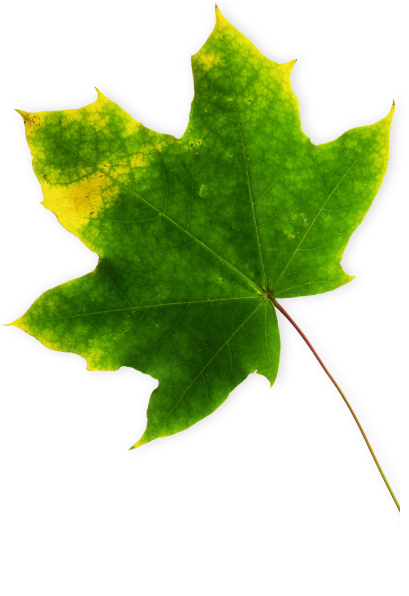Winter is on its way out and spring is near. Don’t let the calendar fool you, Mother Nature calls the shots! As we begin our production season, we often field questions from customers and potential customers about prepping for the spring. Here are 8 tips we’ve put together for healthy trees and shrubs this spring:
Inspect.
Look for damage that may have occurred over the winter, dead or broken branches may need pruning. Evaluate mulch, over time mulch, breaks down. Plan to replenish mulch to maintain a depth of 2-3 inches and pull it away from the trunks of trees. look at soil conditions like compaction and moisture. Spring typically has plenty of rainfall but make sure water is not puddling in beds or on the lawn and water if dry. Some pests like hemlock wooly adelgid are visible even in the early spring. Rubbing the white “cotton balls” can indicate if new infestations of adelgid are present. If you have questions or concerns about what you see contact us to look at ourselves and make recommendations.
Clean up.
Excessive leaf debris can impede water infiltration in beds and may cause harboring foliar disease. In cases where foliar, fruit or stem diseases are present on the property, removing the disease material can reduce the amount of fungal disease that may serve to re-infect in the spring. Weeds can also crowd desirable plants and compete for essential water and nutrient resources. Removing weeds before mulching can help to keep new weeds from germinating.
 Mulch.
Mulch.
Apply mulch around trees and shrubs to reduce competition from weeds, and retain moisture. Apply a natural mulch to a depth of no more than 3 inches in a way that it does not bury the bark. The flare of the trunk should be exposed and may require some soil to be removed as well to prevent damage. Mulch helps to duplicate soil conditions from the forest to the landscape. In the forest fallen leaves and twigs breakdown slowly creating a layer of organic matter similar to mulch. Over time mulch can improve soil structure, moderate soil temperature, reduce the chance of physical damage from mowers and trimmers, and reduces compaction of below soil. Ideally, mulch should extend to the drip edge of trees to be most effective.
Water.
Spring in New England typically supplies plenty of water to the landscape, but with increasingly erratic weather, supplemental watering may be needed in absence of adequate rainfall. For trees, shrubs and the lawn, water deeply and infrequently with water directed at the rootzone. Frequent excess moisture on leaves from natural rain and overhead irrigation can lead to disease infection. Irrigation systems that run every day are at a higher risk of infection. Allow a few days for drying in between watering to discourage disease.
Pest Control.
Insects don’t just die in the late fall and winter; they lay eggs or shelter themselves to survive. When things begin to warm up again, they become active. Many common pests of trees and shrubs, as well as ticks, can be treated at this time to help prevent high infestations of insects later. Insect and disease programs are designed to prevent damage by understanding what pests have been a problem in the past on the property.
Prune.
Trees can be pruned any time of year, but the spring is a particularly good time that allows for better inspection of the structure of the tree before the leaves emerge. This can also make identifying winter damage or broken branches easier. Spring is a busy time of year so plan accordingly and schedule pruning well in advance. In the case of flowering trees or shrubs, waiting till after flowering is generally preferred to reduce the impact on the flowers.
 Plant.
Plant.
Spring is a great time to establish new trees, shrubs, and perennials. Putting the right plant in the right place is the most important. Read the plant tag before buying for information like hardiness, sun exposure, size & spacing, water, aftercare, special attributes, and flowering. Plant a variety of specimens that will provide consistent flowering throughout the season for pollinators and use insect and disease-resistant varieties whenever possible.
Fertilize.
Spring is one of the best times to fertilize trees and shrubs. Spring fertilizer will sustain growth through the summer and can help plants to resist insects and diseases. Landscape plantings do not experience the same kind of nutrient cycling that natural areas do and need to be supplemented. Fertilizing annually can improve soil nutrition, structure, and biology to maintain healthy growing ornamental plants. Click here to read more about our fertilization program.
We hope you find these 8 tips for healthy trees and shrubs this spring helpful. If you every have additional questions, please contact us at 781-297-3674 or email info@naturaltree.com.
